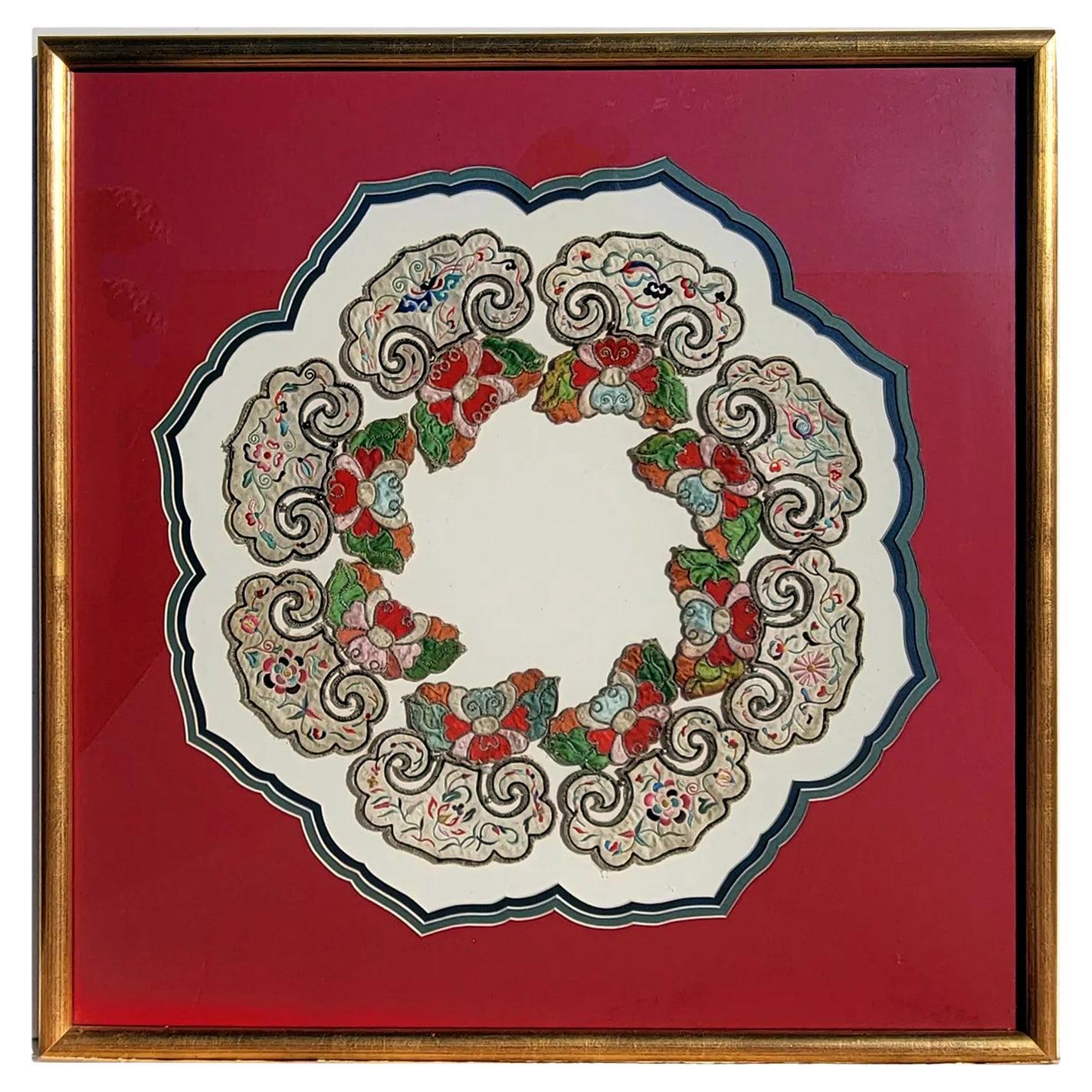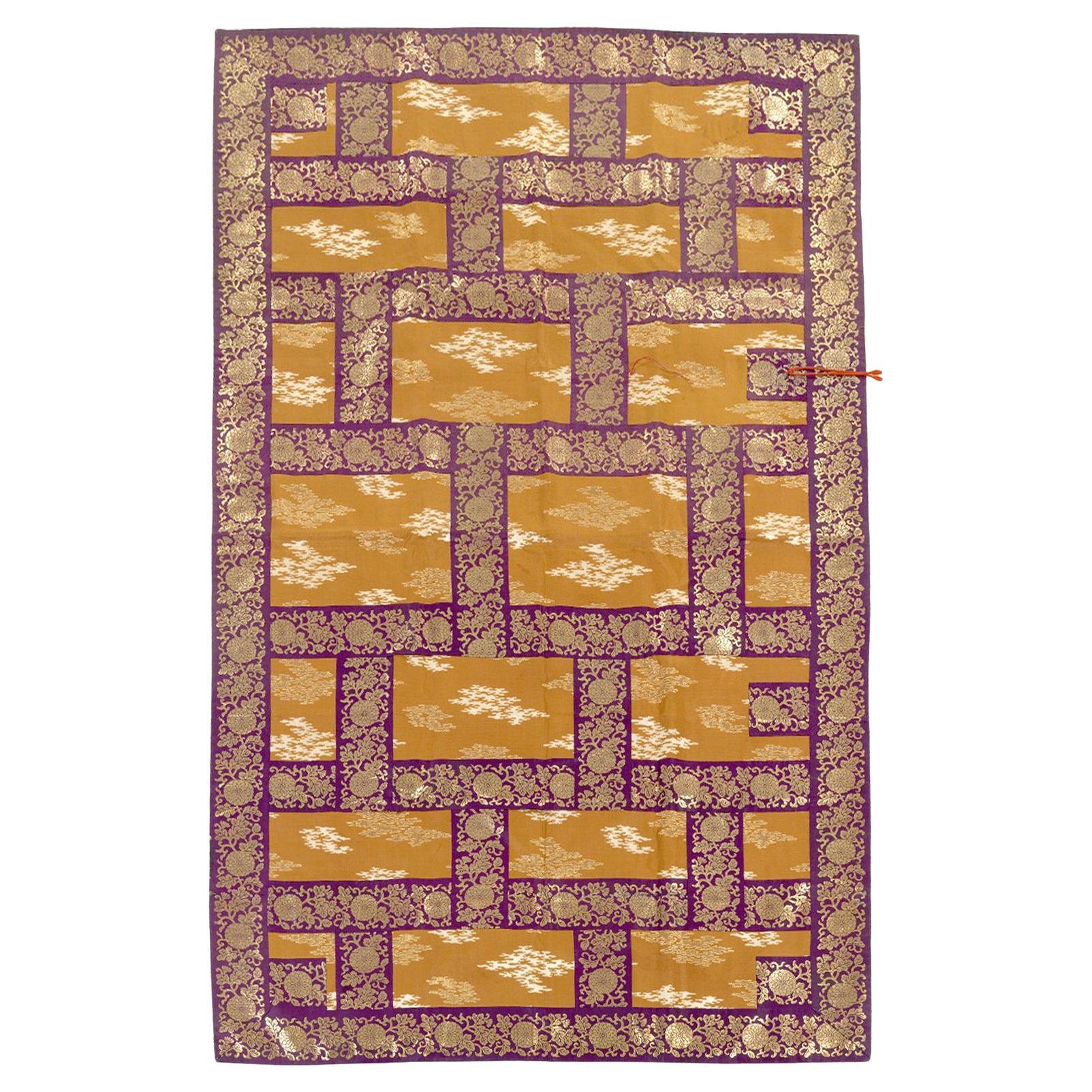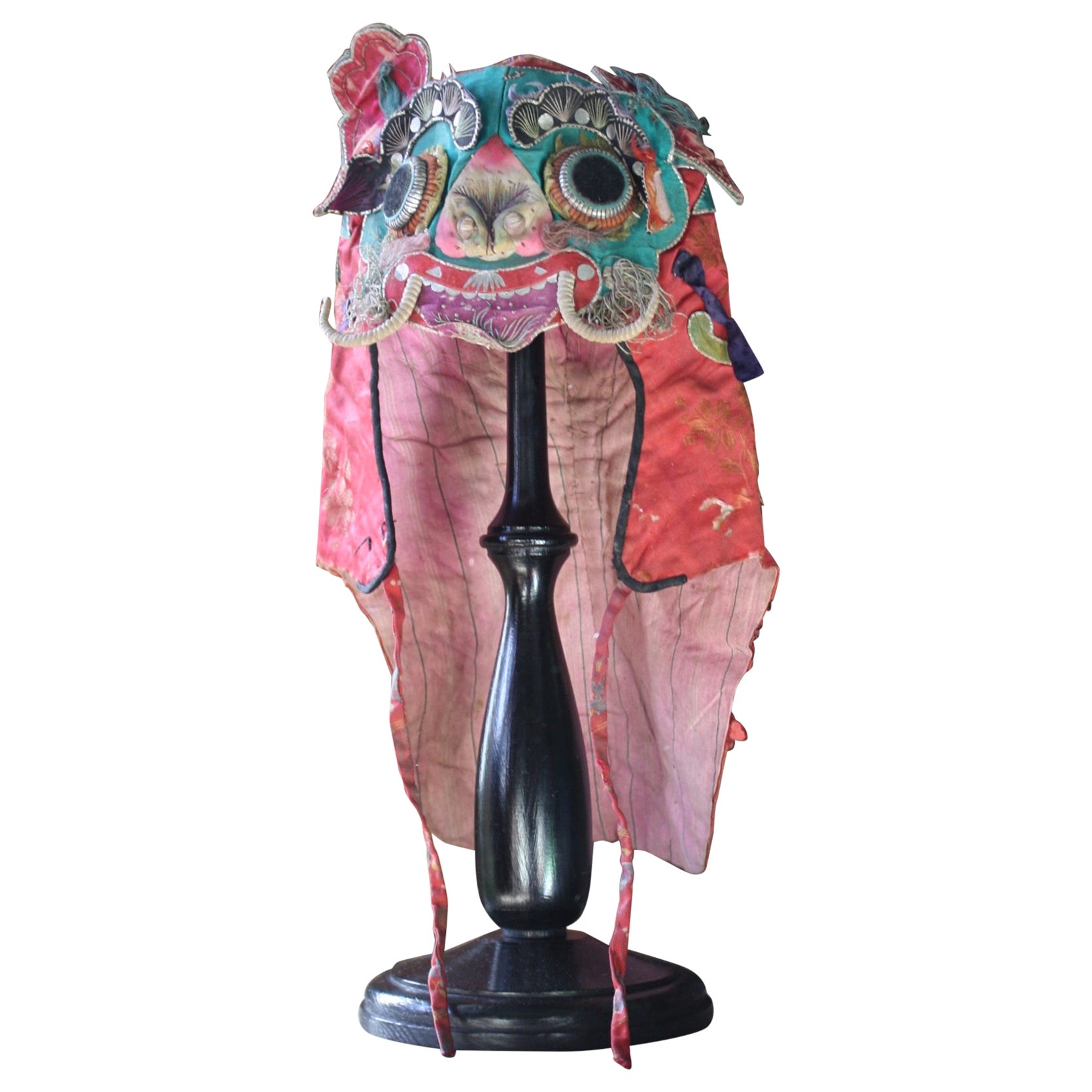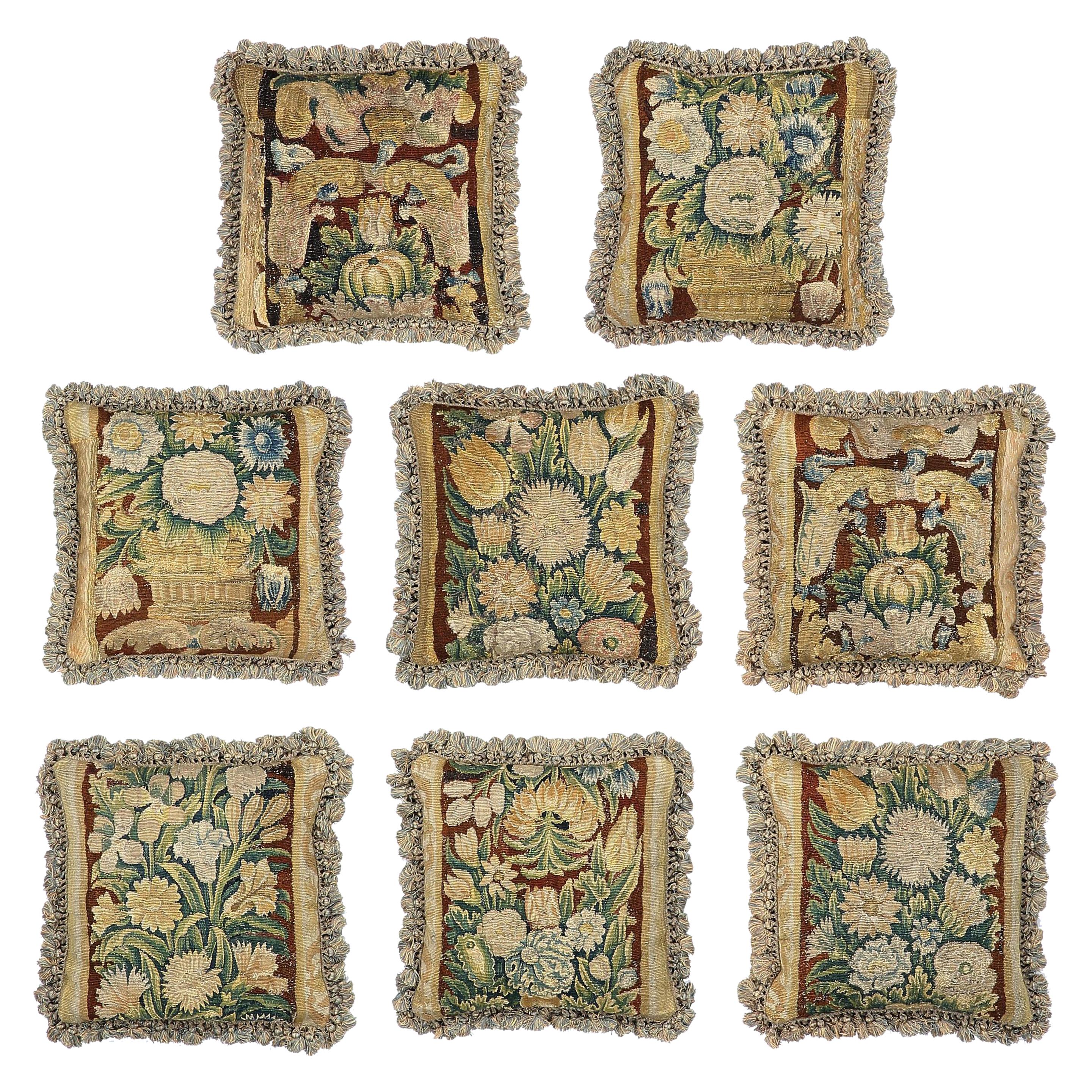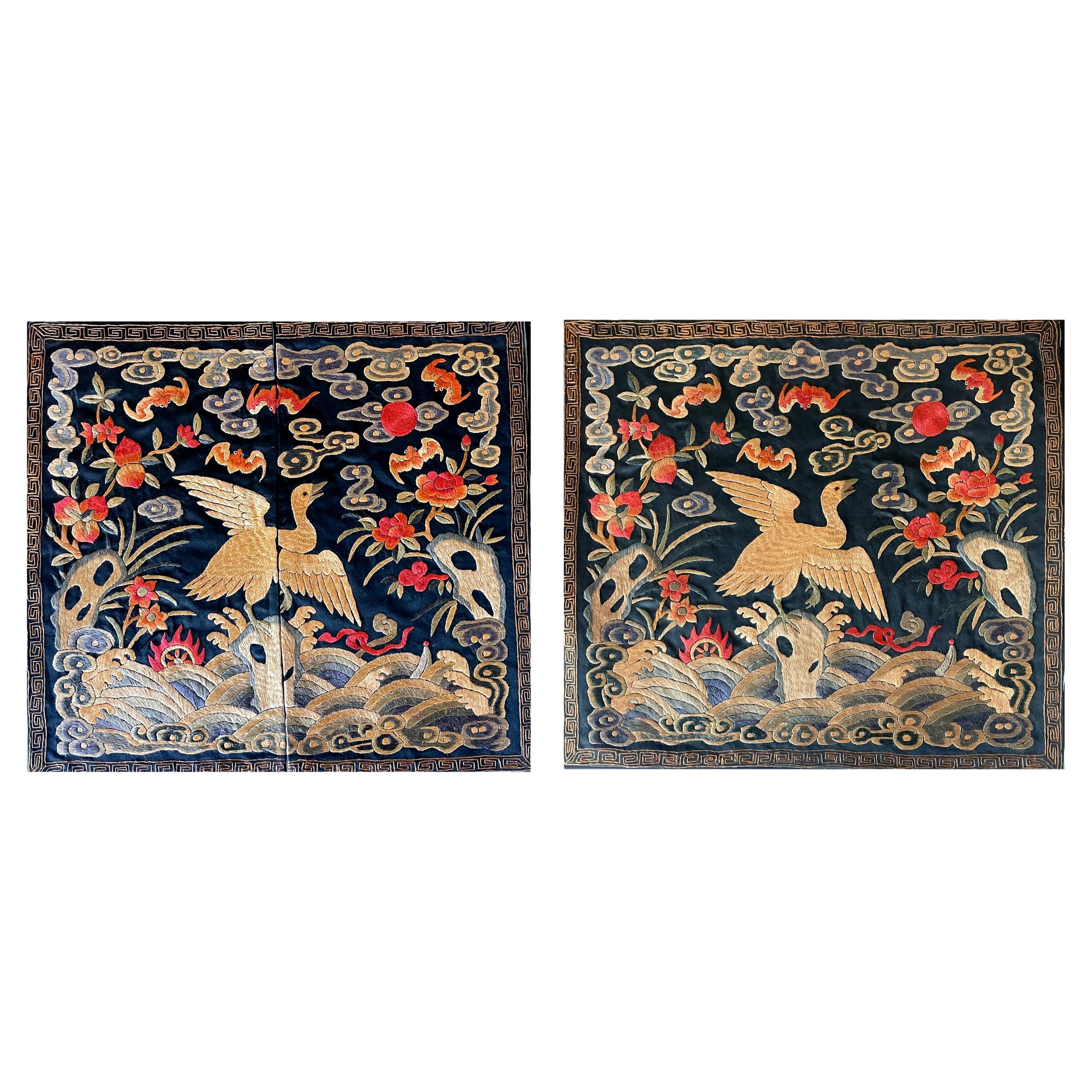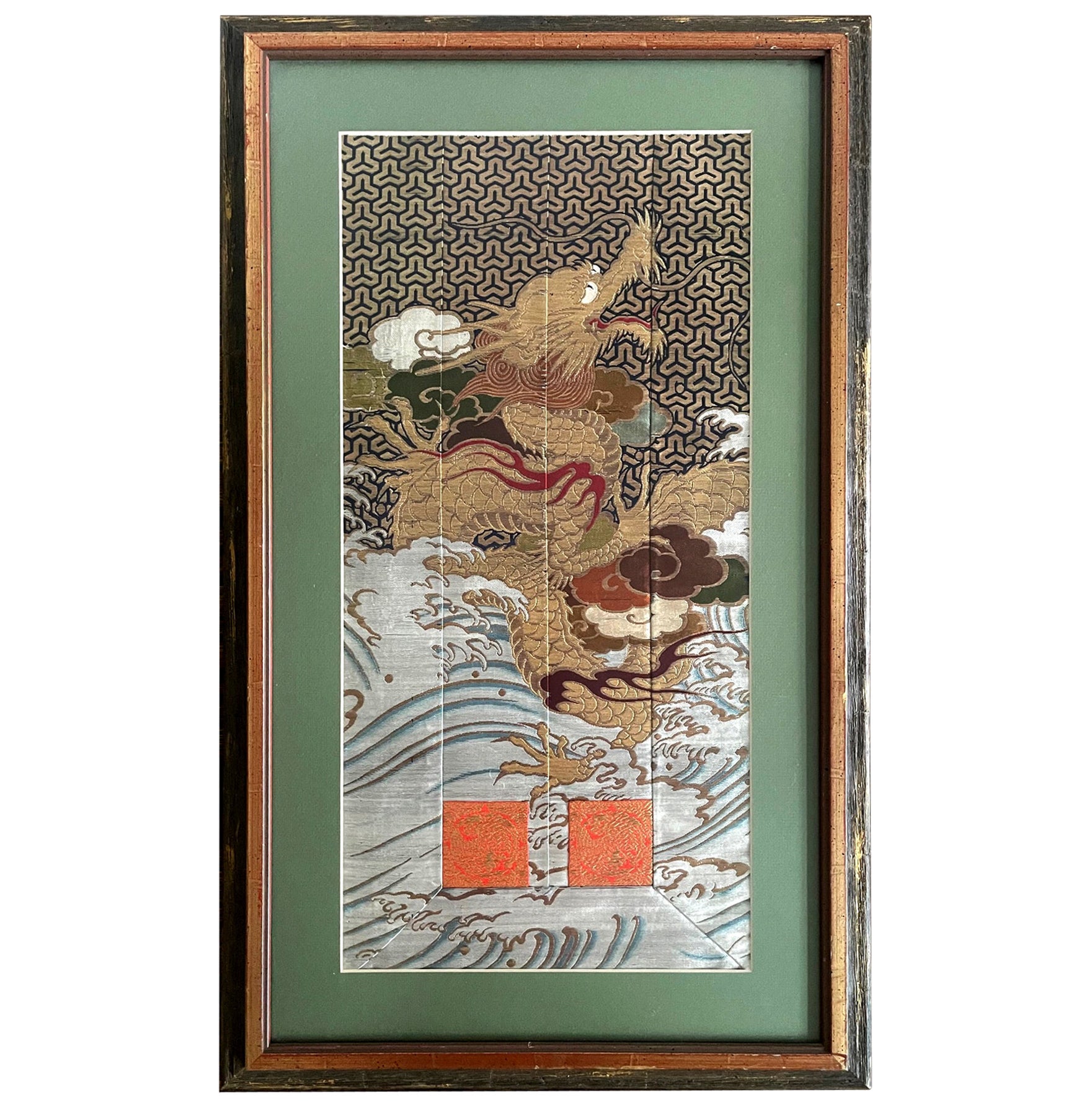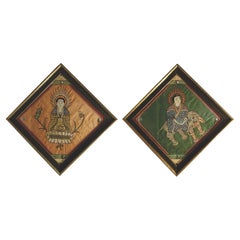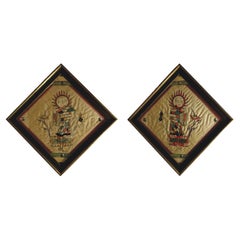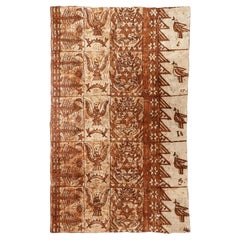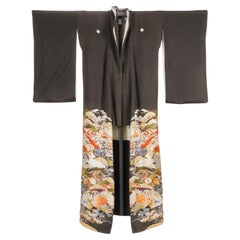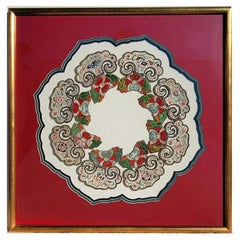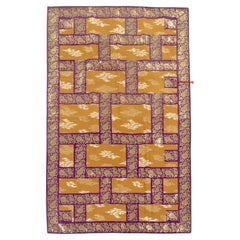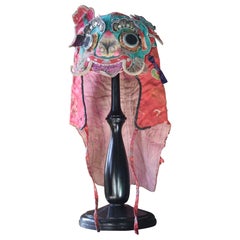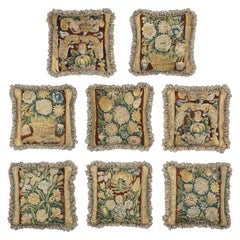Items Similar to A Katu Loincloth
Want more images or videos?
Request additional images or videos from the seller
1 of 10
A Katu Loincloth
About the Item
The Katu people have live in Laos for many centuries, but their exact origins are relatively unknown. The historical background and origin of this ethnic group is similar to those of other members of the Mon-Khmer language group. Many researchers believe that the Katu migrated from southeast India and southeast parts of China. In these regions, there are still people who speak Mon-Khmer languages such as the Moondah and Koln people
Presently, the majority of Katu live in the southern provinces of Laos such as Kaleum, Darkcheung, and Thataeng districts of Sekong province; Laongam districts of Salavan province, and Paksong and Bachiengchalernsook of Champasak province. In addition, Katu ethnic people also live in Vietnam in Quang Nam, Danang, and Theua Thian Hue provinces.
The total population of Katu people living in Laos is 17,024 people, of which 8,653 are females. The Katu share 0.4% of the country total population, according to the second population census 1995.
- Dimensions:Height: 155 in (393.7 cm)Width: 16 in (40.64 cm)Depth: 0.25 in (6.35 mm)
- Materials and Techniques:
- Period:
- Date of Manufacture:Mid-20th Century
- Condition:Wear consistent with age and use.
- Seller Location:Norton, MA
- Reference Number:1stDibs: LU5848241683672
About the Seller
5.0
Gold Seller
Premium sellers maintaining a 4.3+ rating and 24-hour response times
Established in 2000
1stDibs seller since 2021
108 sales on 1stDibs
Typical response time: 2 hours
- ShippingRetrieving quote...Shipping from: Norton, MA
- Return Policy
Authenticity Guarantee
In the unlikely event there’s an issue with an item’s authenticity, contact us within 1 year for a full refund. DetailsMoney-Back Guarantee
If your item is not as described, is damaged in transit, or does not arrive, contact us within 7 days for a full refund. Details24-Hour Cancellation
You have a 24-hour grace period in which to reconsider your purchase, with no questions asked.Vetted Professional Sellers
Our world-class sellers must adhere to strict standards for service and quality, maintaining the integrity of our listings.Price-Match Guarantee
If you find that a seller listed the same item for a lower price elsewhere, we’ll match it.Trusted Global Delivery
Our best-in-class carrier network provides specialized shipping options worldwide, including custom delivery.More From This Seller
View AllAntique Pair of Embroidered Panels of Buddhas
Located in Norton, MA
Antique pair of embroidered panels of Buddhas, presenting Buddha appears in two different forms, one is sitting on the lotus and one is ridding on a mythological creature. They are f...
Category
Early 20th Century Textiles
Materials
Silk, Glass, Wood
$1,850 / set
Antique Pair of Embroidered Panels of Buddhist Saint 'Lohans'
Located in Norton, MA
Antique Pair of Embroidered Panels of two Buddhist Saints (Lohans) sitting on the lotus. They are framed and with glass.
Category
Early 20th Century Textiles
Materials
Silk, Glass, Wood
A Large Fine Mulberry-Bark Tapa
Located in Norton, MA
Description
Barkcloth, ngatu, made of bark (likely paper mulberry). Rectangular cloth, light brown in colour and made from sections of cloth pasted together with tapioca. Decoration ...
Category
Antique 1770s Pacific Islands Textiles
Materials
Wood
$1,750 / item
Antique Japanese handmade Black Silk Kimono Meiji Period
Located in Norton, MA
BEAUTIFUL JAPANESE SILK KMIONO, MEIJI. In colorful floral, foliate, and landscape motif, length from collar to bottom of hem 61 inches, width from shoulder to shoulder 50 inches. Sta...
Category
Antique 19th Century Japanese Textiles
Materials
Silk
Antique Large Chinese Export Reverse Painting on Mirror #2
Located in Norton, MA
A large charming late 19th-century to early 20th-century, Chinese export reverse mirror painting, depicting a lady playing a Chinese musical in...
Category
Antique Late 19th Century Chinese Paintings and Screens
Materials
Glass, Wood
Antique Chinese Export Reverse Painting on Glass-A Lady in the Garden
Located in Norton, MA
A charming late 19th-century to early 20th-century, Chinese export reverse glass painting, depicting a lady in the garden, playing with a bird. The painting comes with its original hardwood frame and the old pins...
Category
Antique Late 19th Century Chinese Paintings and Screens
Materials
Glass, Wood
You May Also Like
Framed Chinese Embroidered and Appliqued Silk Collar Qing Dynasty
Located in Atlanta, GA
A silk collar from China dated to late Qing Dynasty circa 19th century. Known as Yunjian (Cloud Shoulder or Cloud Collar), this multi-lobed textile piece was a detachable collar worn around the shoulders as part of the traditional Chinese garment accessory. With its origin dated back to the Han Dynasty and being used until the end of Qing Dynasty, the form evolves with time, but much of the ornamentation and fundamental symbolism remains the same.
This striking example features a two-tiered design with eight lobes on each circle, all of which are variations of the shape of auspicious "ruyi", which represents the head of Lingzhi mushroom, a symbol of longevity. The inner lobes were made with appliqued patchwork of colorful silk. The outer lobes feature elaborate embroidery of assortment of colorful flowers, scrolling ribbons and butterfly, using mostly long and short satin stitches. The borders and outlines of the designs were lineated with metallic threads buddled in chain stitches. Small black pearls were used to link the piece together and most of them still remain.
In Qing Dynasty, the silk collar with high quality was worn by noble or aristocratic women. The red color and the lotus boy symbol indicate that it was most likely part of the fashion accouterment worn during wedding ceremony.
The collar is beautifully float mounted within a double conforming mat in a giltwood frame and wood backing. A stunningly presented period piece with story to tell.
Reference: For a collection of Chinese embroidered collars...
Category
Antique Early 19th Century Chinese Qing Textiles
Materials
Silk
Antique Silk Kesa Monk's Patched Robe Meiji Period
Located in Atlanta, GA
Kesa, known as "Jiasha" in Chinese and "Kasaya" in Sanskrit, is an out-layer garment worn by the ordained Buddhist monks. Bearing a basic rectangular form, it developed originally in...
Category
Antique 19th Century Japanese Meiji Textiles
Materials
Textile, Brocade
Early 20th Century Chinese Embroidered Dragon Hat Head Dress
Located in Lowestoft, GB
A Chinese silk hat from the late Qing period, displayed on a purpose made antique style ebonised wig stand.
These head dressers traditionally worn by children and often displayed ...
Category
Antique Early 19th Century Chinese Textiles
Materials
Textile, Silk
Set of Eight Tapestry Pillows Cushions Mid-17th Century Flemish Baroque Verdure
Located in BUNGAY, SUFFOLK
These pillows or cushions are made from two complete borders of a 17th century verdure tapestry so they are in aesthetic harmony. They depict profuse floral sprays and each cushion h...
Category
Antique Mid-17th Century European Baroque Textiles
Materials
Tapestry
Pair Chinese Embroidered Fourth Rank Badges Qing Dynasty
Located in Atlanta, GA
A fine matching pair of embroidered silk civil rank badge panels (known in Chinese as Buzi) unframed. The panels feature borders of fret archaic key a...
Category
Antique Mid-19th Century Chinese Qing Textiles
Materials
Silk, Giltwood
Framed Japanese Woven Textile Panel with Dragon Meiji Period
Located in Atlanta, GA
A framed Japanese woven textile circa late 19th century of Meiji Period. Likely a fragment of a priest robe or kesa, the multi-paneled textile was finely woven with gold foiled threads that depicts a five-clawed dragon slithering in the clouds and water...
Category
Antique 19th Century Japanese Meiji Textiles
Materials
Silk, Wood
Recently Viewed
View AllMore Ways To Browse
India Textile Art
Ethnic Textiles
Vietnam Textile
Laos Textiles
Tailor Bust
Sumba Ikat
Vintage Japanese Wedding Kimono
Antique Chinese Embroidered Panels
Chinese Silk Rank Badge
Ikat Textile From Sumba
Kimono Display
Peonies Embroidery
Rare Antique Kimono
Antique Chinese Silk Embroidery Birds
Silk Embroider Crane
Vintage Batik Painting
Quail China
Chinese Dowry
